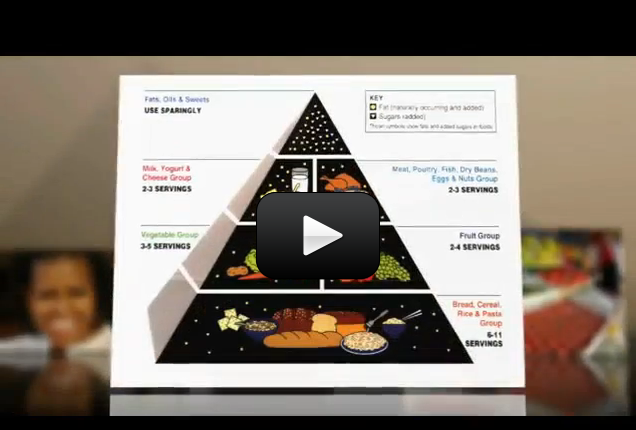Eating and drinking are essential parts of our life. Part of maintaining a healthy lifestyle is making sure to eat and drink the right quantities of the six essential nutrients. Those nutrients are: protein, carbohydrates, lipids, vitamins, minerals, and water.
Does it mean to eat all vegetables? Does it mean to eat only meat? No. A healthy diet is a balanced diet. This is what MyPlate demonstrates. A balanced diet means getting the right amounts of nutrients. MyPlate guidelines are recommendations from the United States Department of Agriculture (USDA). Since 1958 the USDA has recommended a balanced diet in the form of the food pyramid. However, the pyramid proved to be too complicated for most Americans to efficiently use to create diets. In response, the USDA simplified its recommendations in 2011 into the MyPlate format.
We already know what a diet is—the sum of food and drink consumed. Now, what does it mean to have a healthy diet?
The specific advice of the USDA is:
- Balance calorie intake.
- Enjoy your food, but eat less.
- Avoid oversized portions.
- Eat certain foods.
- Make half your plate fruit and vegetables.
- Make at least half your grains whole grains.
- Switch to fat-free or low fat (1%) milk.
- Eat certain foods in moderation.
- Compare sodium in foods like sodium, bread, and frozen meals—and choose the foods with lower numbers.
- Drink water instead of sugary drinks.


Thank you so much for your comments. While I recognize that government agencies can be influenced by lobbyists, the prevailing belief in the scientific community is that USDA recommendations have been tested and shown to be true through observational tests. You might be interested this article “What Should I Eat?” that suggests the Omni-Heart Diet for nutrition. This diet is based on scientific trials and the results are published in a journal that does not accept advertising.